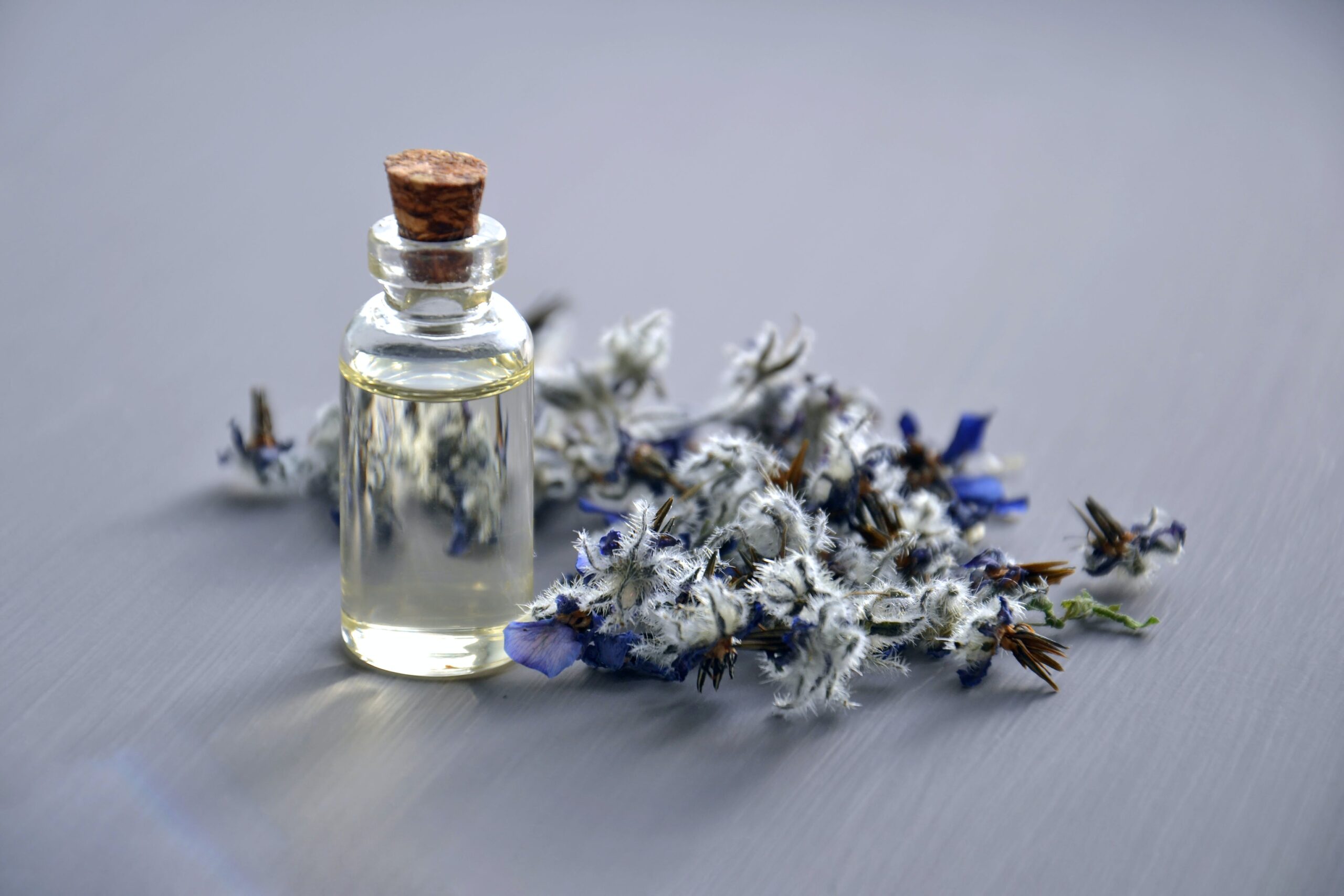Introduction:
In the tapestry of sensory experiences, fragrance stands out as a subtle yet powerful thread that weaves through our daily lives. From perfumes and colognes to scented lotions and candles, fragrance plays a pivotal role in our personal care routines and the ambiance of our living spaces. This article embarks on a comprehensive exploration of fragrance, delving into its components, categories, cultural significance, and the importance of choosing and applying fragrances in various contexts.
Understanding Fragrance:
Components of Fragrance:
Fragrance is a complex blend of various components, each contributing to the overall olfactory experience. These components include:
Essential Oils: Natural extracts from plants, flowers, fruits, and herbs are fundamental contributors to a fragrance’s aromatic profile. These oils bring a richness and authenticity to scents.
Aromatic Compounds: In the realm of modern perfumery, synthetic aromatic compounds play a crucial role. These compounds can mimic natural scents or contribute unique and specific fragrance notes that might be challenging to extract naturally.
Fixatives: To ensure the longevity of a fragrance, fixatives are employed. These substances help anchor and stabilize the scent, preventing it from evaporating too quickly.
Solvents: Fragrances often need to be diluted for application. Solvents serve this purpose by dissolving the aromatic components and ensuring an even distribution of the fragrance.
Categories of Fragrance Notes:
Understanding the composition of a fragrance involves recognizing the three categories of fragrance notes:
Top Notes: These are the initial scents that greet our senses. Often light and fresh, top notes are the first impression of a fragrance. They tend to be more volatile and evaporate relatively quickly.
Middle Notes (Heart Notes): Emerging after the top notes, the middle notes constitute the main body of the fragrance. They provide character and a more balanced, lasting scent.
Base Notes: The final phase of a fragrance, base notes are deep and rich. They serve to anchor and stabilize the overall scent, providing the foundation for a long-lasting olfactory experience.
Types of Fragrance Products:
Fragrances manifest in various forms, each tailored to specific preferences and occasions:
Perfume: With the highest concentration of fragrance oils, perfume is the most potent and long-lasting option. It often provides a rich and complex scent profile.
Eau de Parfum: Slightly lighter than perfume in concentration, Eau de Parfum maintains a notable fragrance presence and is suitable for those who prefer a more subtle yet enduring scent.
Eau de Toilette: Offering a lighter scent, Eau de Toilette has a lower concentration of fragrance oils. It is a popular choice for daytime use or in warmer weather.
Cologne: Typically more diluted than Eau de Toilette, cologne provides a lighter fragrance experience. It is favored for its refreshing and invigorating qualities.
Body Lotions and Creams: These products incorporate fragrance at a lower concentration. They offer a subtle and lingering scent while providing moisturizing benefits to the skin.
Candles and Home Fragrances: Beyond personal care, fragrances contribute to the ambiance of living spaces. Candles and home fragrance products infuse homes with delightful scents, creating a welcoming atmosphere.
The Importance of Fragrance:
Fragrance holds a multifaceted significance in our lives, extending beyond mere olfactory pleasure:
1. Personal Expression:
Fragrance serves as a form of self-expression, allowing individuals to convey their personality and style through scent. Whether choosing a vibrant and energetic fragrance or a subtle and sophisticated one, the scent we wear becomes a part of our identity.
2. Enhanced Mood:
Certain scents have the power to influence mood and emotions. Aromatherapy, which leverages the aromatic properties of essential oils, explores how specific scents can promote relaxation, energy, focus, or a sense of well-being.
3. Cultural Significance:
Fragrances carry cultural and historical significance. Certain scents are deeply ingrained in cultural rituals, traditions, and ceremonies. From incense used in religious ceremonies to specific scents associated with cultural celebrations, fragrance plays a role in cultural identity.
4. Product Appeal:
In the realm of personal care products, fragrance significantly contributes to product appeal. The scent of a shampoo, lotion, or soap can influence a consumer’s decision, shaping the overall experience of using the product.
5. Memory and Association:
The link between fragrance and memory is well-documented. Scents have the remarkable ability to evoke memories and create strong associations with particular experiences, places, or individuals. A familiar fragrance can transport us back to a specific moment in time.
Choosing and Applying Fragrance:
Selecting and applying fragrance is an art that involves consideration of individual preferences, occasion, and the environment. Here are key considerations:
1. Skin Chemistry:
Fragrances may smell different on different individuals due to variations in skin chemistry. It is advisable to test a fragrance on your skin before purchasing to ensure compatibility with your body chemistry.
2. Testing:
Before committing to a fragrance, testing it on the skin provides insights into how the scent evolves and interacts with the individual’s natural aroma. Many stores offer testers or samples for this purpose.
3. Layering:
Some individuals opt to layer fragrances by using scented body lotions or shower gels along with the perfume. This layering technique can enhance the longevity of the scent and provide a more nuanced olfactory experience.
4. Occasion:
Consider the occasion and environment when choosing a fragrance. Lighter, fresher scents may be more suitable for daytime activities and warmer weather, while richer, more intense scents may be better suited for evening events or colder seasons.
5. Storage:
Proper storage of fragrances is essential to maintain their integrity. Exposure to direct sunlight and extreme temperatures can alter the composition of fragrances. Storing them in a cool, dark place helps preserve their quality.
Conclusion:
In the symphony of our sensory experiences, fragrance emerges as a melody that enhances our daily lives. From the enticing notes of a favorite perfume to the comforting aroma of a scented candle, fragrance is an integral part of our personal care rituals and the ambiance of our homes.
The art and science of fragrance continue to evolve, with perfumers and scent creators exploring innovative combinations and techniques. Whether exploring the cultural significance of specific scents, understanding the science behind fragrance notes, or simply reveling in the joy of choosing a signature scent, fragrance remains a dynamic and ever-present aspect of human experience. As we navigate the intricate world of scents, we embark on a journey of self-expression, cultural connection, and sensory delight, appreciating the profound impact that fragrance has on our lives.















